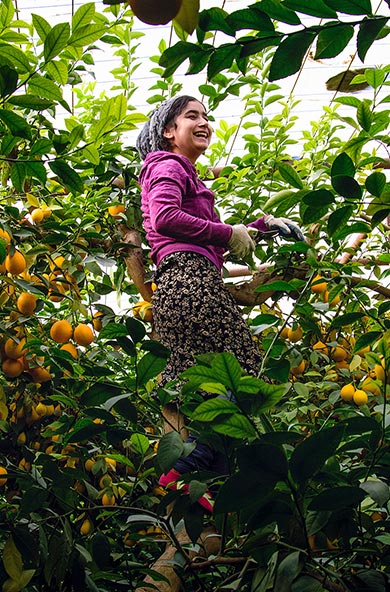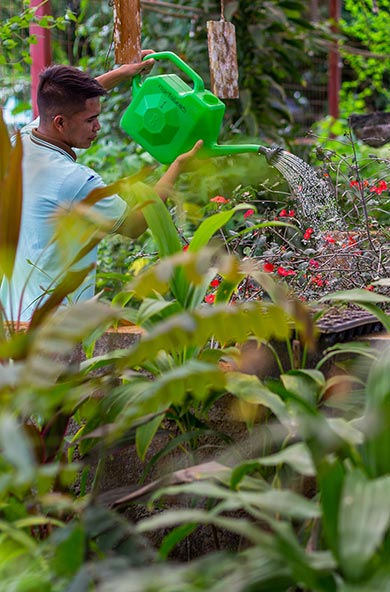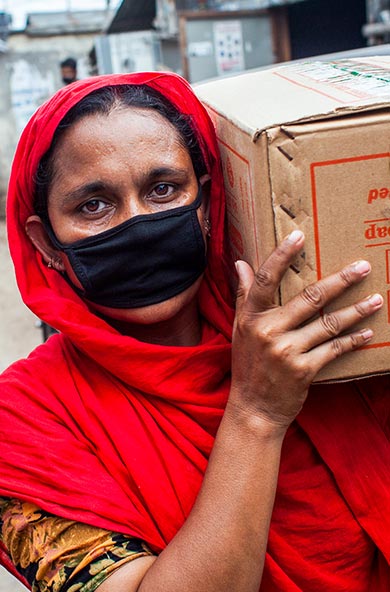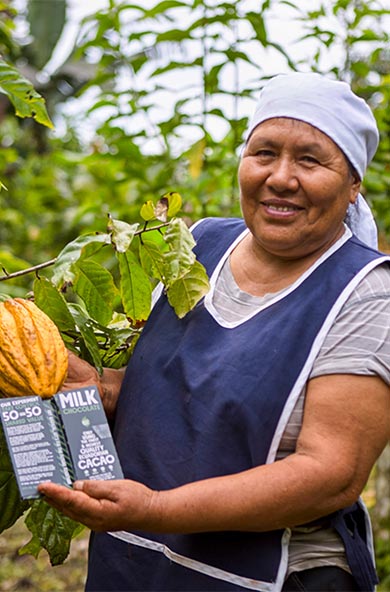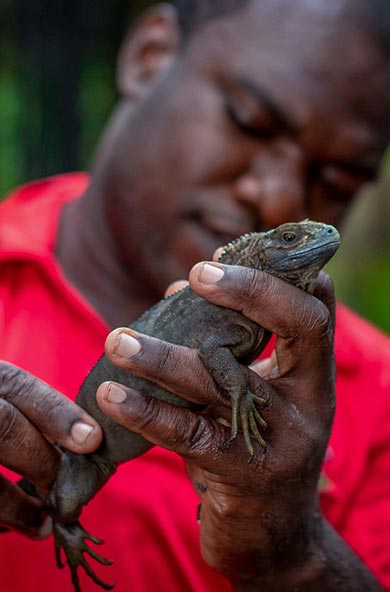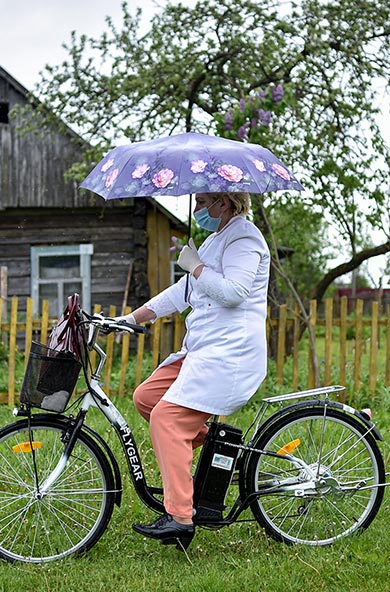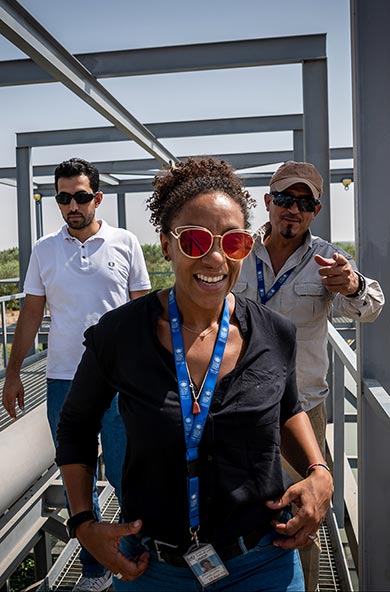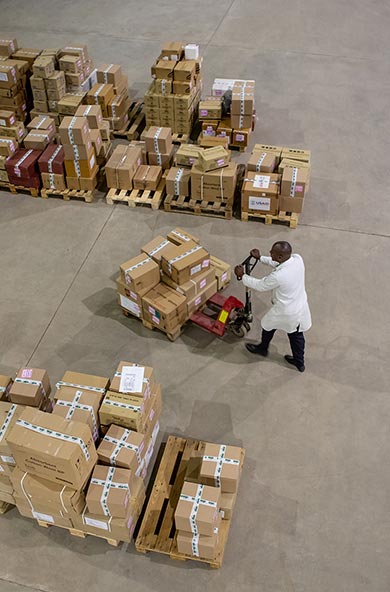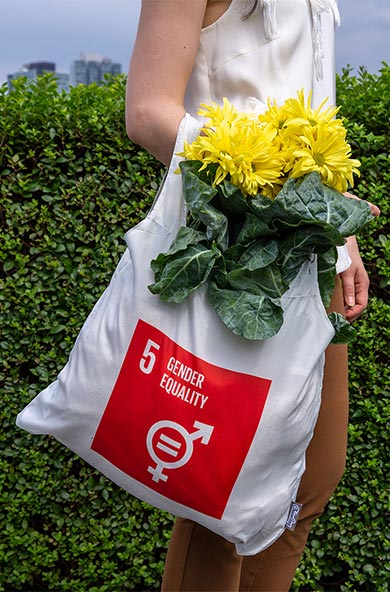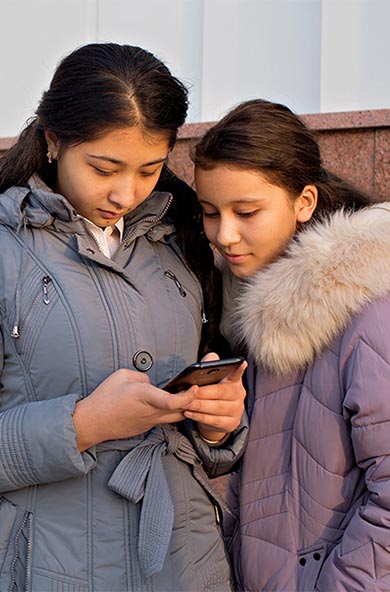Statement delivered by Haoliang Xu at the 8th Annual High-Level Meeting of the Multidimensional Poverty Peer Network (MPPN).
Excellencies, Distinguished speakers and participants,
It is an honor to be speaking today. Great examples from India, Colombia, Ecuador, Mexico, Ghana, and Nigeria.
After decades of reduction in multidimensional poverty, the world now faces an uptick in the number of people living in poverty. Recent projections using the MPI for 70 countries find that the potential setback to multidimensional poverty reduction is between 3.6 and 9.9 years under alternative simulation scenarios.
The multidimensionality of a shock like COVID-19 underscores the importance of sustained investments in multidimensional poverty measurement and analysis, to inform both immediate responses and recovery strategies. This requires probing further into the various and intersecting deprivations faced by people in different locations within countries, as well as specific groups of the population, including women, youth, children, and ethnic minorities.
UNDP’s Strategic Plan for 2022-2025 reiterates our commitment to work with countries over the next four years to expand human capabilities and help 100 million people escape multidimensional poverty and build intergenerational resilience.
Allow me to highlight several examples where UNDP has been supporting governments to foster multidimensional poverty and vulnerability measurements:
As we heard earlier, India will release its first ever National MPI, which includes granular data on multidimensional poverty to inform policy and interventions at state and district level. That is truly a remarkable effort given India’s sheer size and 700 plus districts!
Together with OPHI, we also supported the launch of national MPIs in Ghana and Angola in 2020, the development of national MPIs in Nepal and Namibia in 2021, and are currently working closely with Nigeria.
MPIs are also being tailored to specific contexts and needs – which, for example, led to a series of Child MPIs, including a recently released one for China, supported by UNICEF. The approach could be extended to other groups. The forthcoming MPI report by UNDP and OPHI moves towards this direction by shedding new light on disparities in the experience of multidimensional poverty across ethnic groups and gender.
Similarly, many countries around the world have constructed Multidimensional Vulnerability Indices (MVI), sometimes leveraging the MPI methodology, to assess the impacts of COVID-19.
These MVIs have guided policy and programmatic responses to the crisis, with many of them exploring new dimensions of vulnerability.
In this regard, let me commend the work done in Colombia at the very outset of the crisis: with an update of the national MPI and overlaying it with granular COVID-19–sensitive health and administrative data at the municipal level, Colombia developed a range of responses for the poor.
In Honduras, a new MVI was developed. As a robust and innovative targeting mechanism, the Honduras MVI built a vital understanding of poverty and vulnerability, targeting groups such as informal workers and self-employed, setting the government at the forefront of social protection with its Bono Unico program.
Finally, and as part of our support in preparing Covid-19 socio-economic impact assessments (SEIAs) across all regions, in many countries such as Bhutan and Pakistan, MPI and related vulnerability indices have been used to conduct assessments and guide Covid-19 responses.
Dear colleagues
Through training and capacity building, UNDP supports countries with the tools to measure and address multidimensional poverty. UNDP and OPHI developed a Massive Open Online Course (MOOC) on designing a national Multidimensional Poverty Index (MPI), building on the UNDP-OPHI handbook ‘How to build a National Multidimensional Poverty Index’. Based on high demand, a second edition of the MOOC was launched in English, French and Spanish in 2021. The second edition includes a dedicated module on the use of MPI in the Covid-19 response. We are working on the 2022 edition that will cover additional languages.
As the facilitator agencies for SDG Indicator 1.2.2 on multidimensional poverty measurement, UNDP, UNICEF and the World Bank are working closely, in collaboration with the Multidimensional Poverty Peer Network (MPPN), to further support countries in designing, using and updating their MPIs, at national and sub-national levels.
We know measurement is just the first step.
It is important that the measures and analysis are translated into impactful policies. To that effect, UNDP and OPHI are collaborating on a forthcoming Handbook on Policy Entrepreneurship, to provide guidance to country teams on using MPIs for policy.
We look forward to our continued partnership with all in strengthening national capacities, promoting peer and South-South learning and using MPI tools effectively to achieve greater prosperity for all.
Thank you.

 Locations
Locations